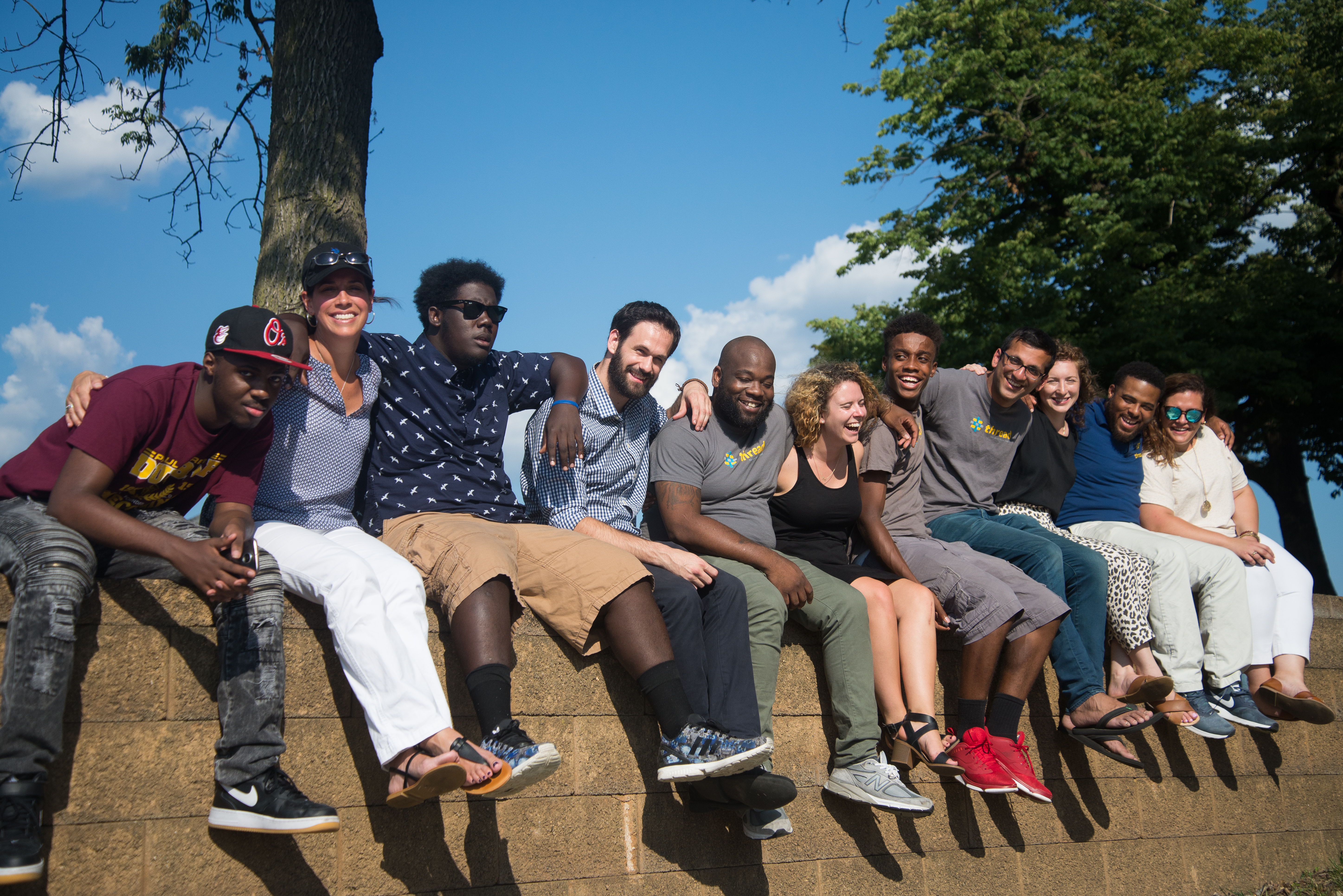By most measures, Sarah Hemminger had it all: she was married to her high school sweetheart and was pursuing her doctorate in biomedical engineering at Johns Hopkins. Yet something was missing.
“Not having family in the area and having trouble making friends at first brought back memories of feeling isolated during my youth. It triggered something very deep inside me,” remembers Hemminger BS ’02 PhD ’10.
In 2004, to overcome her sense of isolation, Hemminger sought to connect with the community around her by creating the Thread Community Model, or “Thread,” a volunteer-based support network that is now garnering national attention.
Based in Baltimore, Thread identifies some of the city’s most underperforming high school students and weaves a fabric of volunteer support around them for a period of 10 years. Currently, more than 400 struggling high school students have benefitted from the work of nearly 1,000 Thread volunteers, who serve as extended family members. These Thread Families support students by doing what they would do for members of their own families—driving students to and from school, packing lunches, helping with homework, and more.
The Thread Community Model works. According to Hemminger, 87 percent of students enrolled in the program graduate from high school and 83 percent finish college, a two-year degree, or some type of certificate program. And a whopping 100 percent are still involved in the program 10 years out.


